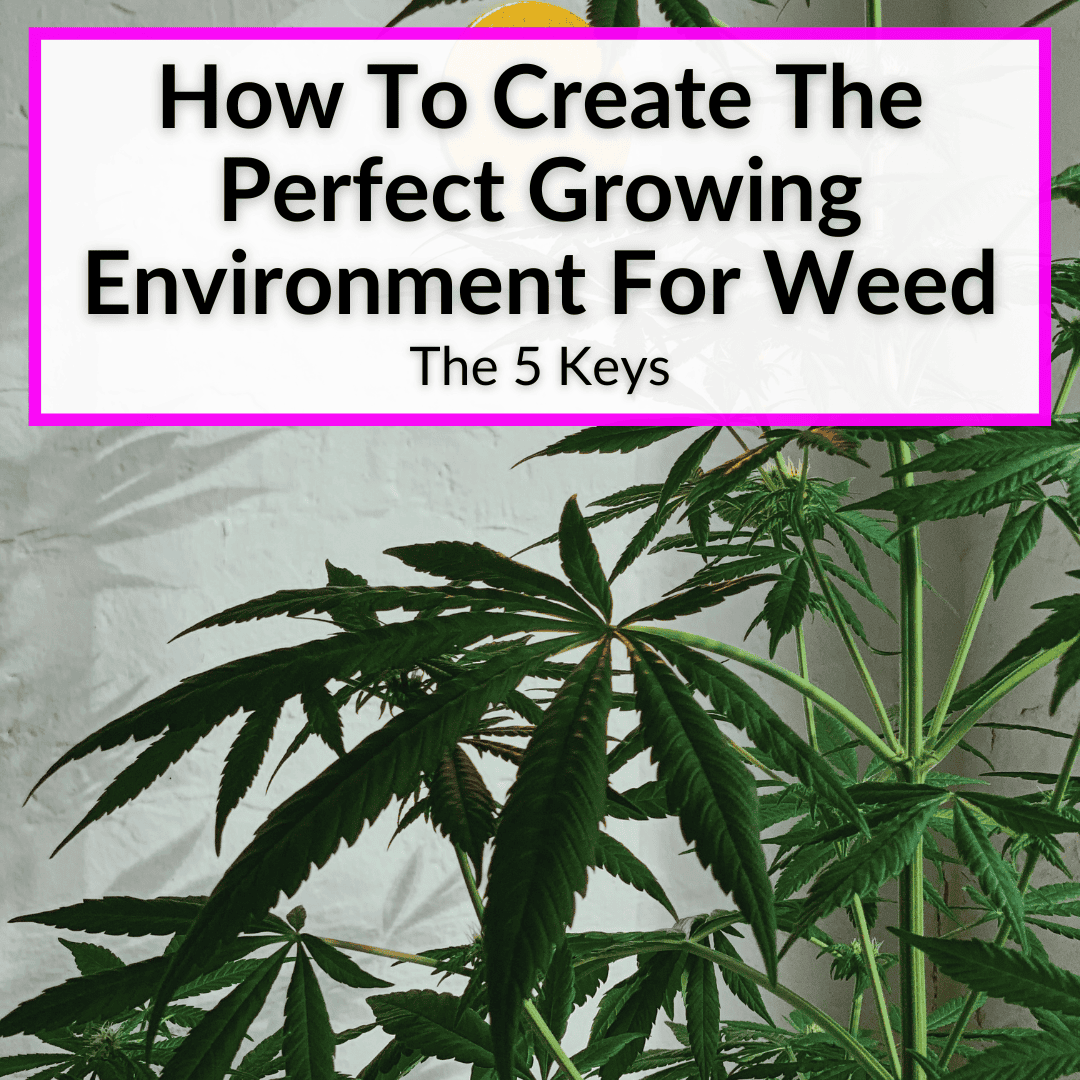 Cannabis is incredibly easy to grow.
Cannabis is incredibly easy to grow.
You really don’t need to do anything.
But that will result in tiny yields.
If you want a bountiful harvest, you need to create the perfect growing environment for weed.
How do you do that?
You take care of 5 key things. Keep reading to learn what the 5 keys are and what exactly your marijuana plants need for maximum yields.
Contents
How To Create The Perfect Growing Environment For Weed
Take care of each of these 5 areas and your weed plants will reward you with huge yields, and also more potent buds. You’ll also avoid the most common beginner mistakes when growing weed, which definitely gives you a leg up.
Temperature Control
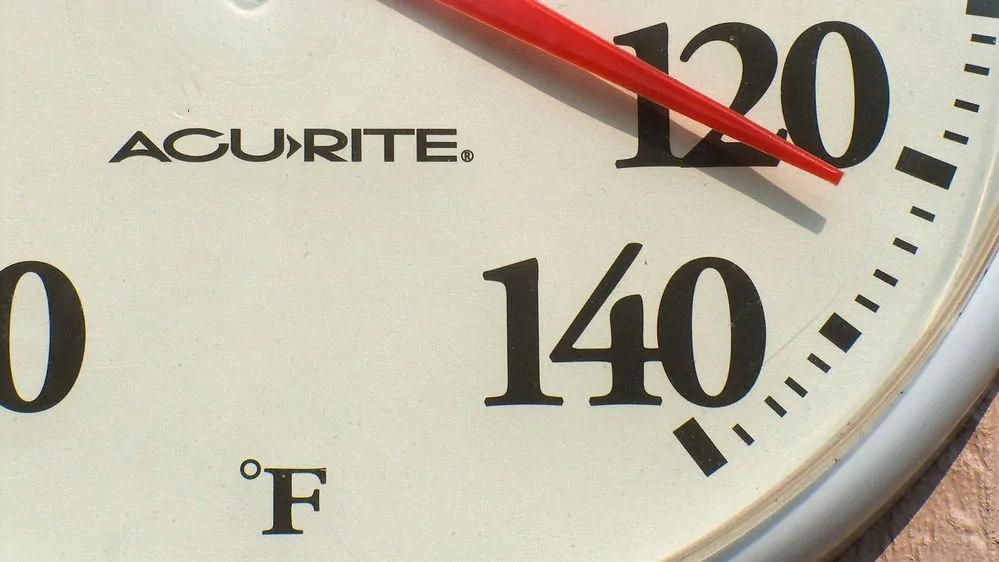
Consistency is key when it comes to temperature control for your cannabis crop. Fluctuations in temperature can significantly impact the health and growth of your plants.
Maintaining stable temperatures provides a stress-free environment for your plants, leading to better growth, higher yields, and improved quality.
Understanding the ideal temperature ranges for each stage of cannabis growth is important for success.
- Germination: aim for temperatures between 70° and 85° F (21° and 29° C) to encourage seedling development.
- Vegetative stage: slightly cooler temperatures of 70°–80° F (21°–27° C) promote healthy foliage growth.
- Flowering stage: keep temperatures between 65° and 80° F (18° and 27° C) to support better bud production.
Use heaters to increase temperatures if they drop too low, ensuring your plants remain within the ideal range. Fans are effective for improving air circulation and reducing temperatures if they become too high.
In larger grow spaces or warmer climates, consider implementing air conditioning systems to maintain perfect temperature levels. Regular monitoring and adjustments are essential for creating and sustaining the perfect growing environment for your precious plants.
If you have a perpetual harvest system set up, the differing environmental requirements of each stage mean you will need separate areas for the different stages. Our article on how to ensure a steady supply of weed has more.
Humidity Management
Controlling humidity is another key factor in growing healthy and hearty cannabis plants. Think of it like maintaining the right balance of moisture in the air—it’s crucial for their overall well-being.
If the humidity levels are off, your plants can suffer from issues like mold, mildew, and stunted growth. Different stages of growth require different humidity levels to keep your plants happy.
- Germination: aim for a humidity of around 70–90% to give your seeds the moisture they need to sprout.
- Vegetative stage: dial it back a bit to around 40–60% humidity to support healthy leaf and stem growth.
- Flowering stage: lower the humidity even further to around 40–50% to prevent issues like bud rot and mold while encouraging robust flower development.
If things are too dry, consider bringing in a humidifier to add moisture to the air. On the flip side, if humidity levels are too high, a dehumidifier can help remove excess moisture and prevent problems like mold and mildew.
Proper ventilation is also key to maintaining balanced humidity levels—ensure good airflow throughout your grow space to prevent stagnant, humid pockets from forming.
By using a combination of these strategies, you’ll be able to create and maintain the perfect humidity levels for your babies throughout their growth cycle.
Lighting Requirements
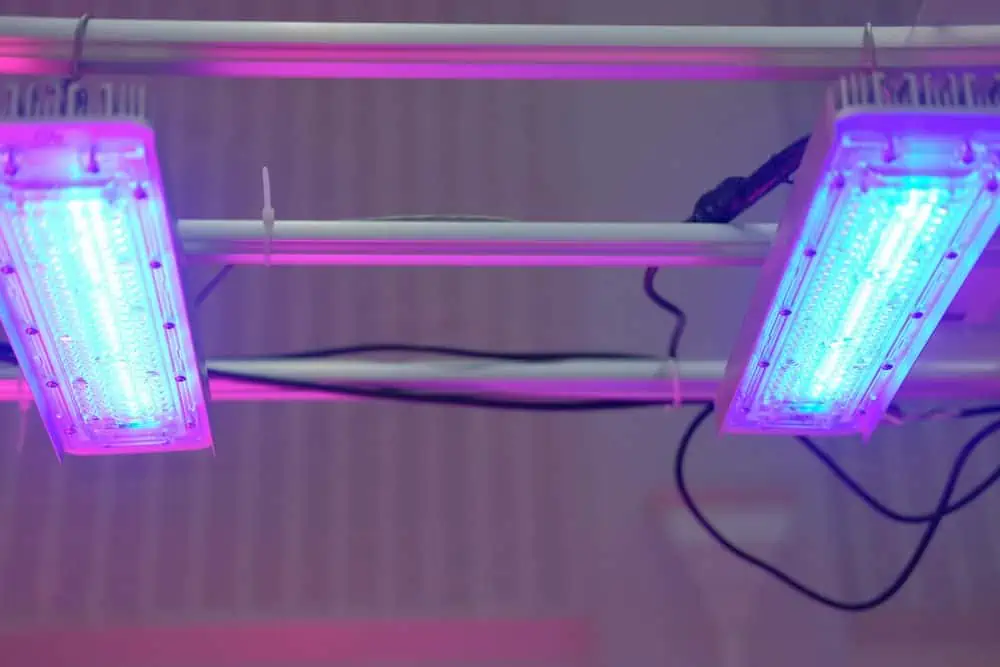
Good lighting is also key to the success of your cannabis cultivation efforts. Think of it as the fuel that powers your plants’ growth. Without proper lighting, your cannabis won’t reach its full potential.
Light is essential for photosynthesis, the process by which plants convert light into energy, enabling them to grow, develop, and produce buds.
LED lights are the most energy-efficient and produce less heat, making them ideal for smaller grow spaces. These are the best LED grow lights for cannabis, in terms of value for money.
HID (high-intensity discharge) lights, such as HPS (high-pressure sodium) and MH (metal halide), are powerful and efficient, providing intense light suitable for larger grows. However, they are not nearly as efficient as LED lights and are essentially an outdated technology these days.
Fluorescent lights are budget-friendly and great for seedlings and clones, but they may not provide enough intensity for flowering.
Each type has its advantages and drawbacks, so it’s essential to research which will be best for your specific setup. That said, LED lights are going to be the best for just about any type of marijuana grow operation, even if it is just a single plant.
Now let’s talk about timing.
Your cannabis plants have specific light cycle needs during different stages of growth. During the vegetative stage, they crave long days and short nights, typically around 18 hours of light and 6 hours of darkness. This encourages vigorous vegetative growth.
When it’s time for flowering, switch to a 12/12 light cycle—12 hours of light followed by 12 hours of darkness—to trigger the flowering process and encourage bud development.
Consistency is key here, so stick to your light schedule religiously to ensure your plants stay on track and produce the best possible yields.
Air Circulation And Ventilation
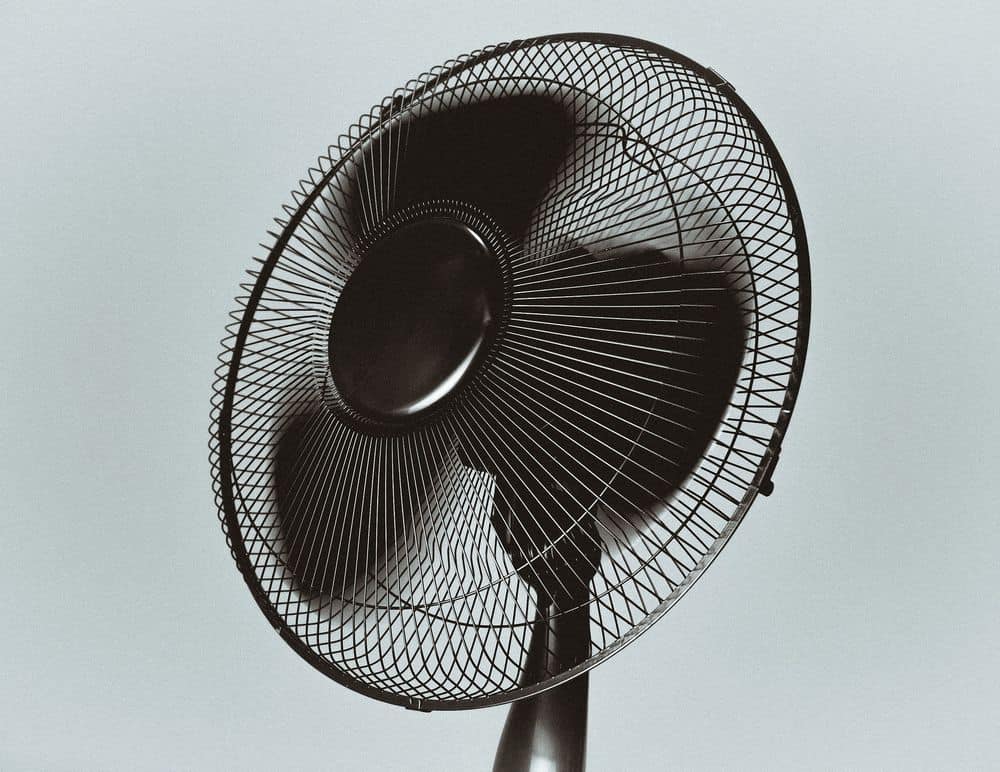
Ensuring good air circulation is the next key to growing healthy and bountiful weed plants. Think of it as their version of a gentle breeze—it’s essential for their overall health and well-being.
Proper air circulation helps to distribute CO2 evenly around your plants, which is also vital for photosynthesis. It also strengthens stems, prevents the buildup of heat and humidity, and reduces the risk of pests and diseases.
Good ventilation can help keep at bay two of your biggest enemies: mold and mildew. Poor ventilation can create stagnant air pockets, providing the perfect breeding ground for these nasty fungi.
Proper ventilation helps to remove excess moisture from the air, preventing it from accumulating on your plants and surfaces. This not only reduces the risk of mold and mildew but also helps maintain optimal humidity levels.
Here are a few tips to help improve air circulation in your indoor grow space:
- Oscillating fans: Place fans strategically around your plants to create gentle airflow without causing too much turbulence. This helps to strengthen stems and prevent heat and humidity buildup.
- Layout: Arrange your plants to allow for better airflow between them. Avoid overcrowding, which can trap pockets of stagnant air.
- Intake and exhaust fans: Intake fans bring fresh air into your grow space, while exhaust fans remove stale air and heat. This helps to maintain a constant flow of fresh air, keeping your plants happy and healthy. These are the best fans for grow tents.
- Monitor and adjust: Regularly check the temperature, humidity, and airflow levels in your grow space and make adjustments as needed to create the optimal environment for your plants.
Nutrient Management
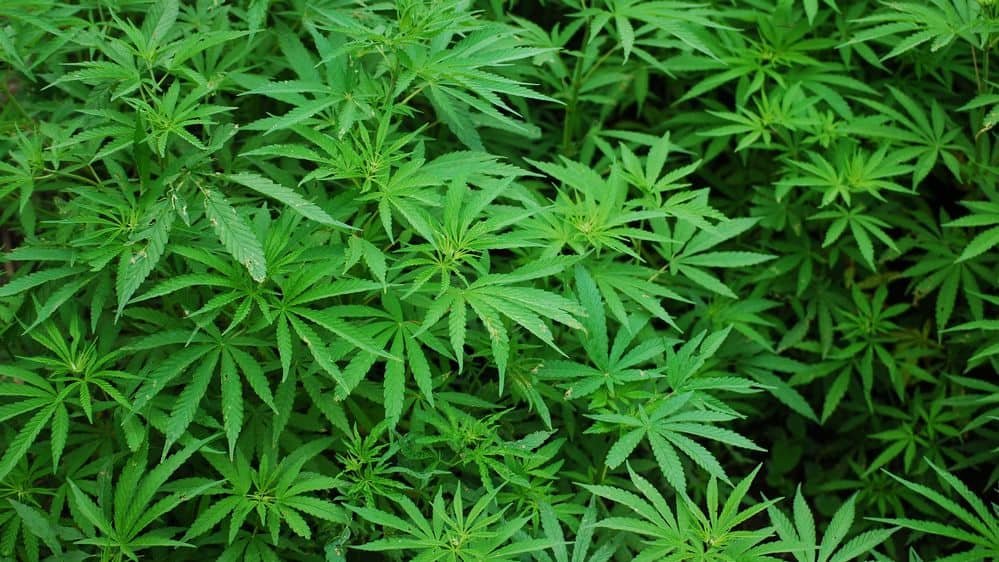
The final key to successful growth is to make sure your plants are well fed as they grow. Nitrogen (N), phosphorus (P), and potassium (K) are the most important ‘foods’ for your cannabis crop.
Nitrogen fuels lush foliage growth, phosphorus fosters strong root systems and flower development, and potassium bolsters overall plant health and resilience. These three nutrients, often referred to as NPK, are indispensable for ensuring your cannabis plants reach their full potential.
When it comes to nourishing your cannabis plants, you have a variety of fertilizer options at your disposal. Organic fertilizers, such as compost or fish emulsion, gradually release essential nutrients into the soil, fostering long-term soil health.
On the other hand, synthetic fertilizers provide a more immediate nutrient boost, tailored to specific plant requirements. Whichever option you choose, it’s vital to follow application guidelines diligently to avoid nutrient imbalances or overfeeding and to understand your plants’ needs at different stages of growth.
Maintaining optimal nutrient levels is a continuous process that requires vigilant monitoring and adjustment. Keep a close eye on your plants for any signs of nutrient deficiencies or excesses, such as yellowing leaves or stunted growth.
Regularly test the pH of your soil or nutrient solution, aiming for a range of 6.0 to 7.0 to facilitate optimal nutrient uptake. Follow a nutrient schedule to ensure your plants receive the appropriate NPK balance throughout their growth stages, making adjustments as they transition from one growth stage to the next.
Create The Perfect Growing Environment For Marijuana: Final Thoughts
If you want your cannabis plants to give you large yields, you are going to need to create the perfect growing environment for weed plants. This can seem overwhelming, but it really comes down to the 5 key things listed above.
If you make sure your plants get what they need in those 5 key areas, they will reward you with a much bigger harvest. If you have been struggling to get good yields from your plants, chances are you are doing something wrong in one of these areas. Fix it and your plants will give you more buds.
Leave a Reply